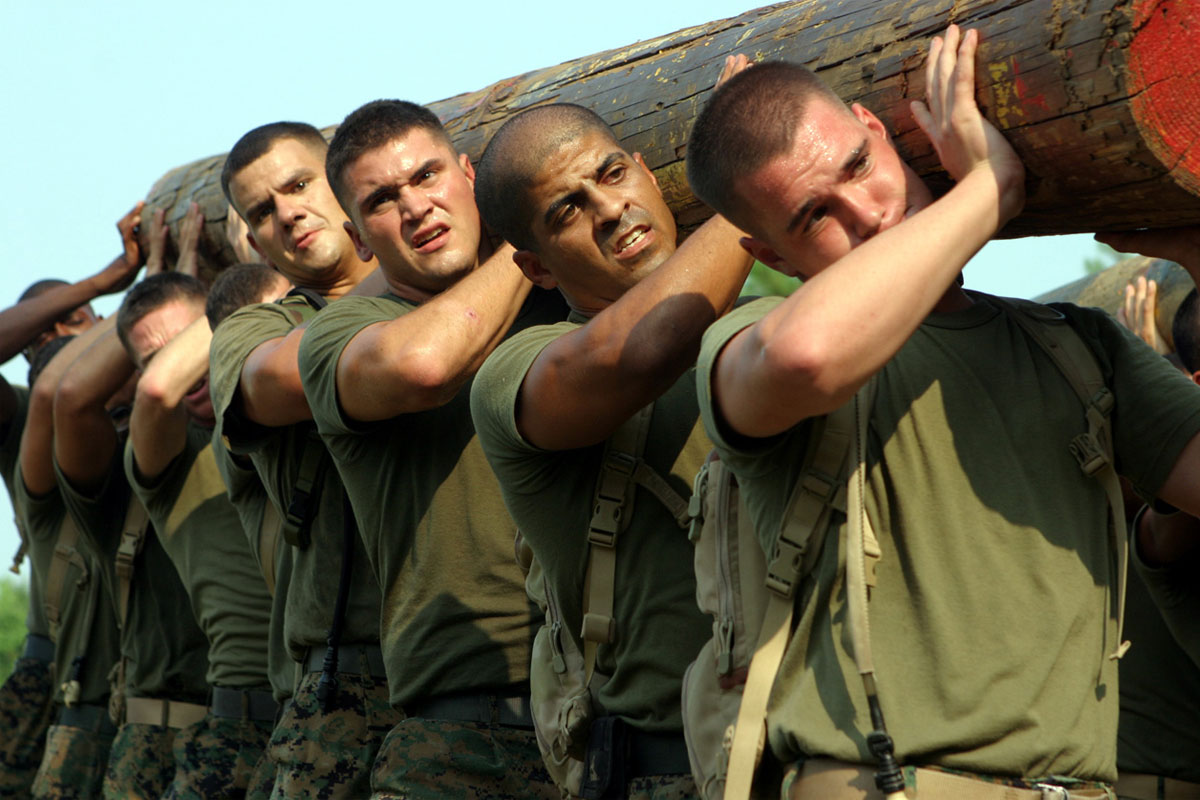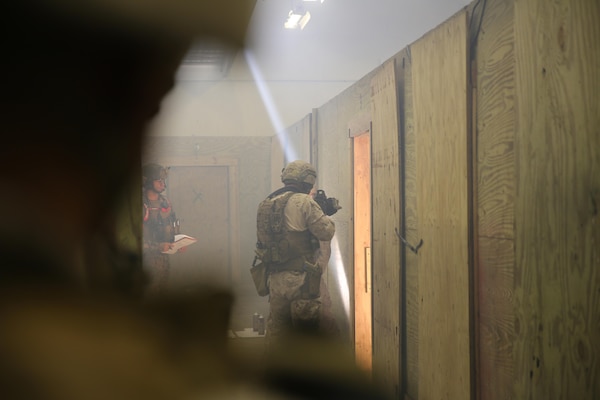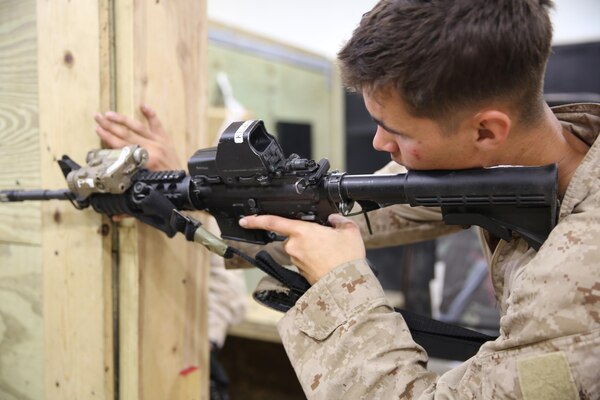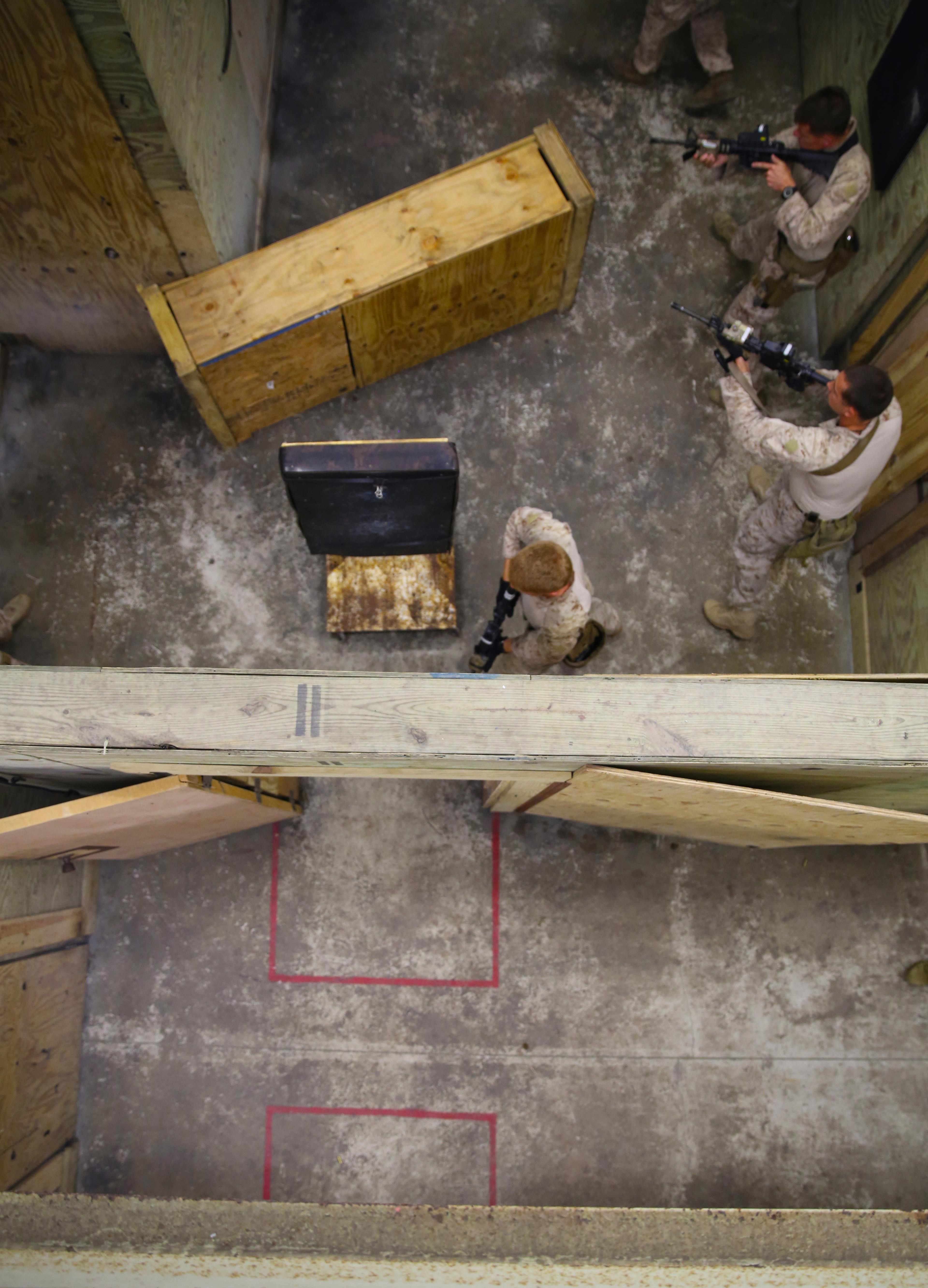Two Man Reconnaissance Tactics

World War II Combat Reconnaissance Tactics (Elite) [Gordon L. Rottman, Peter Dennis] on . *FREE* shipping on qualifying offers. Osprey’s study of reconnaisance tactics of World War II (1939-1945). Combat reconnaissance, the practice of sending small groups of soldiers ahead of the main body of forces was employed by all of the major armies in World War II.

Reconnaissance operations are those operations undertaken to obtain, by visual observation or other detection methods, information about the activities and resources of an enemy or potential enemy
Each man would be equipped with an M-16 Armalite rifle, one M-203 grenade launcher, six high-explosive grenades, one 66-millimetre (2.6-inch) anti-tank missile, 300 rounds of ammunition, smoke and phosphorus grenades, a 9-millimetre Browning pistol and a hunting knife.
Tactics 101 071 – Reconnaissance and Surveillance Planning By Rick Baillergeon and John Sutherland. RECONNAISSANCE and SURVEILLANCE Planning “Agitate the enemy and ascertain the pattern of his movement.
Reconnaissance operations are those operations undertaken to obtain, by visual observation or other detection methods, information about the activities and resources of an enemy or potential enemy


A 22nd Marine Expeditionary Unit (MEU) force reconnaissance Marine observes a two-man team attempting to clear a room during a close quarters tactics course at Marine Corps Base Camp Lejeune, N.C., July 24, 2013.
Each man would be equipped with an M-16 Armalite rifle, one M-203 grenade launcher, six high-explosive grenades, one 66-millimetre (2.6-inch) anti-tank missile, 300 rounds of ammunition, smoke and phosphorus grenades, a 9-millimetre Browning pistol and a hunting knife.
FM 34-2-1 Preface This field manual provides tactics, techniques, and procedures (TTP) for reconnaissance and surveillance (R&S) planning, mission management, and reporting.


Two Man Team Tactics is one of our premier programs. This is a unique course that DAG was at the forefront of developing over a decade ago. It is well known that the most common size element encountered worldwide in law enforcement is the Two Man Team.
This book explains and illustrates the tactics, techniques, equipment and unit organization of reconnaissance troops of the main wartime powers. It covers not only the dedicated reconnaissance units in the divisional order of battle, with their vehicles a



